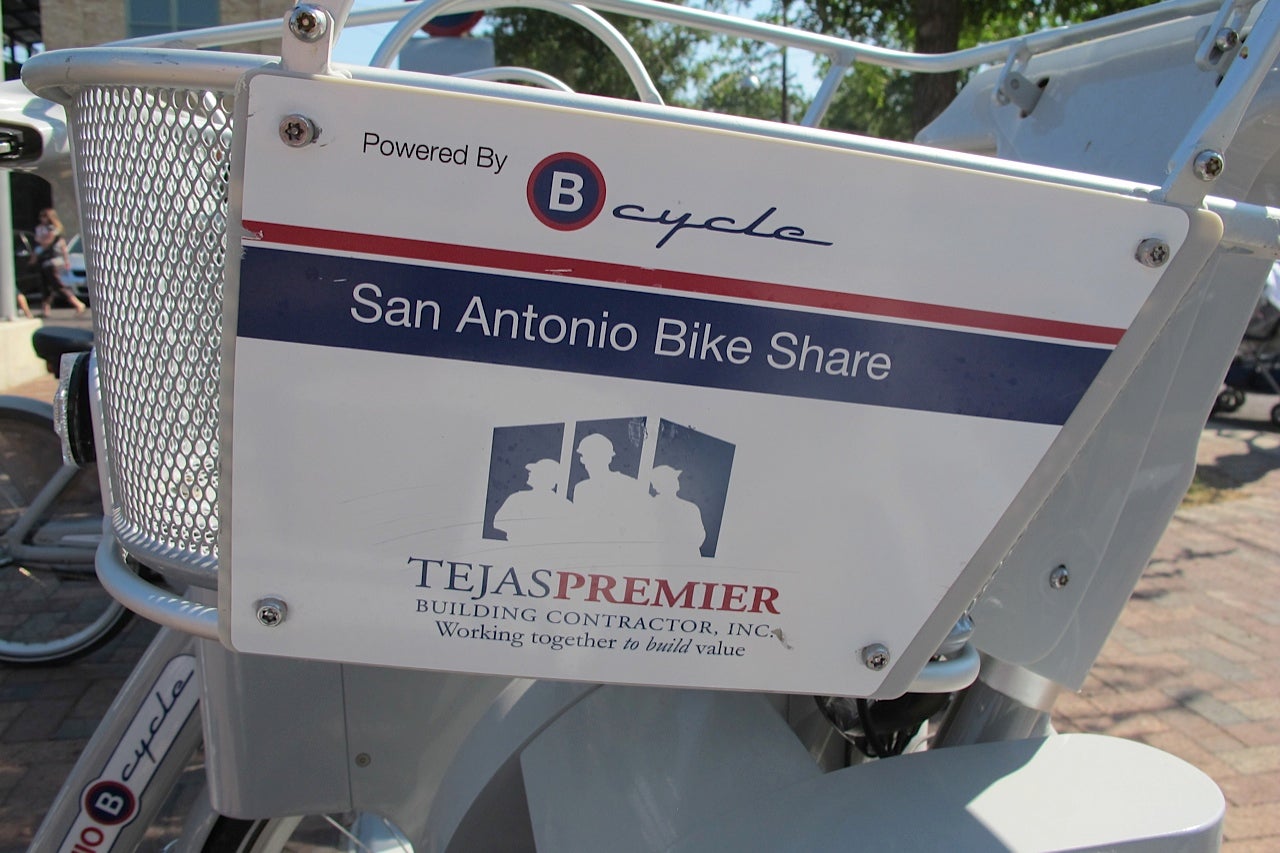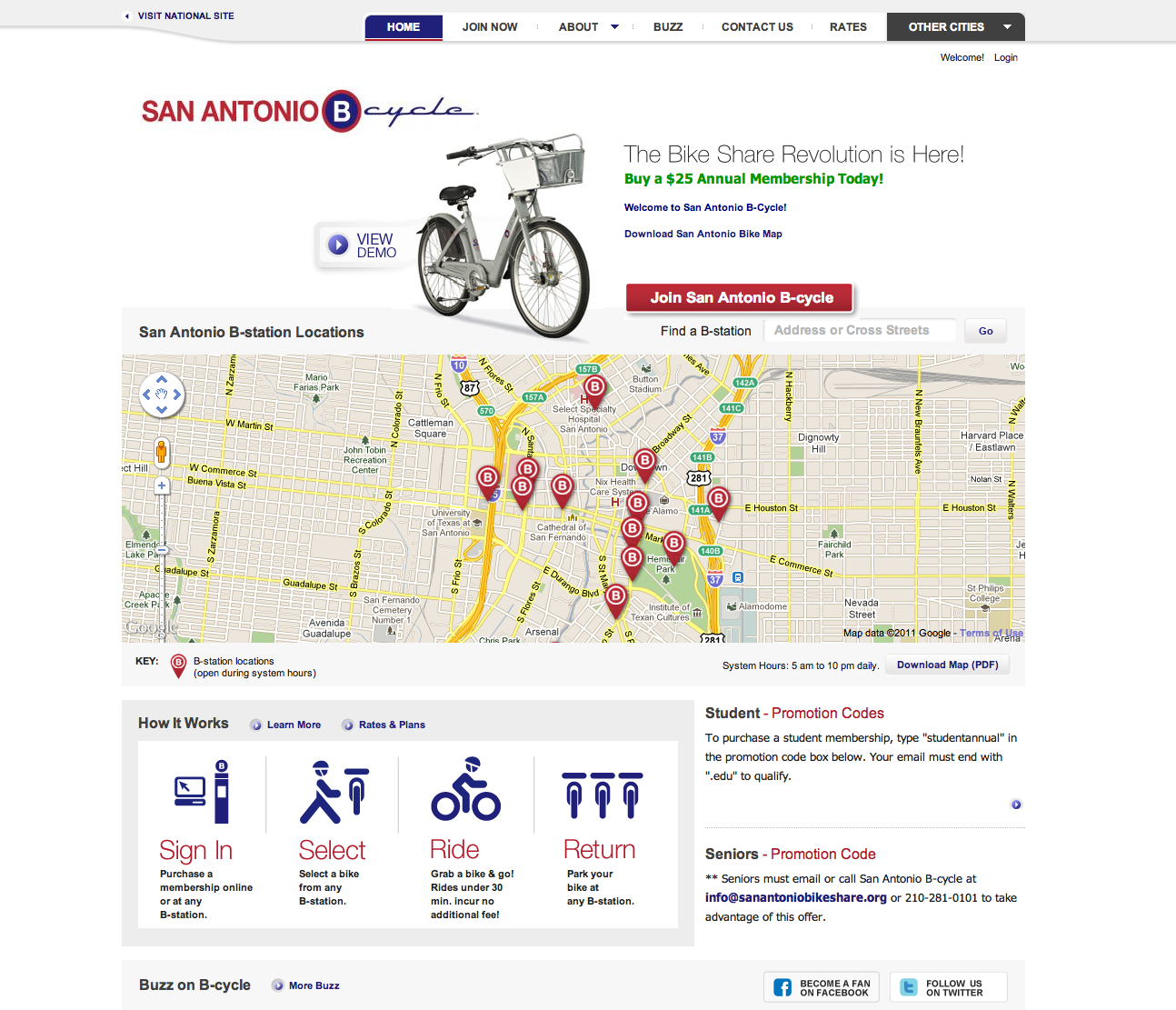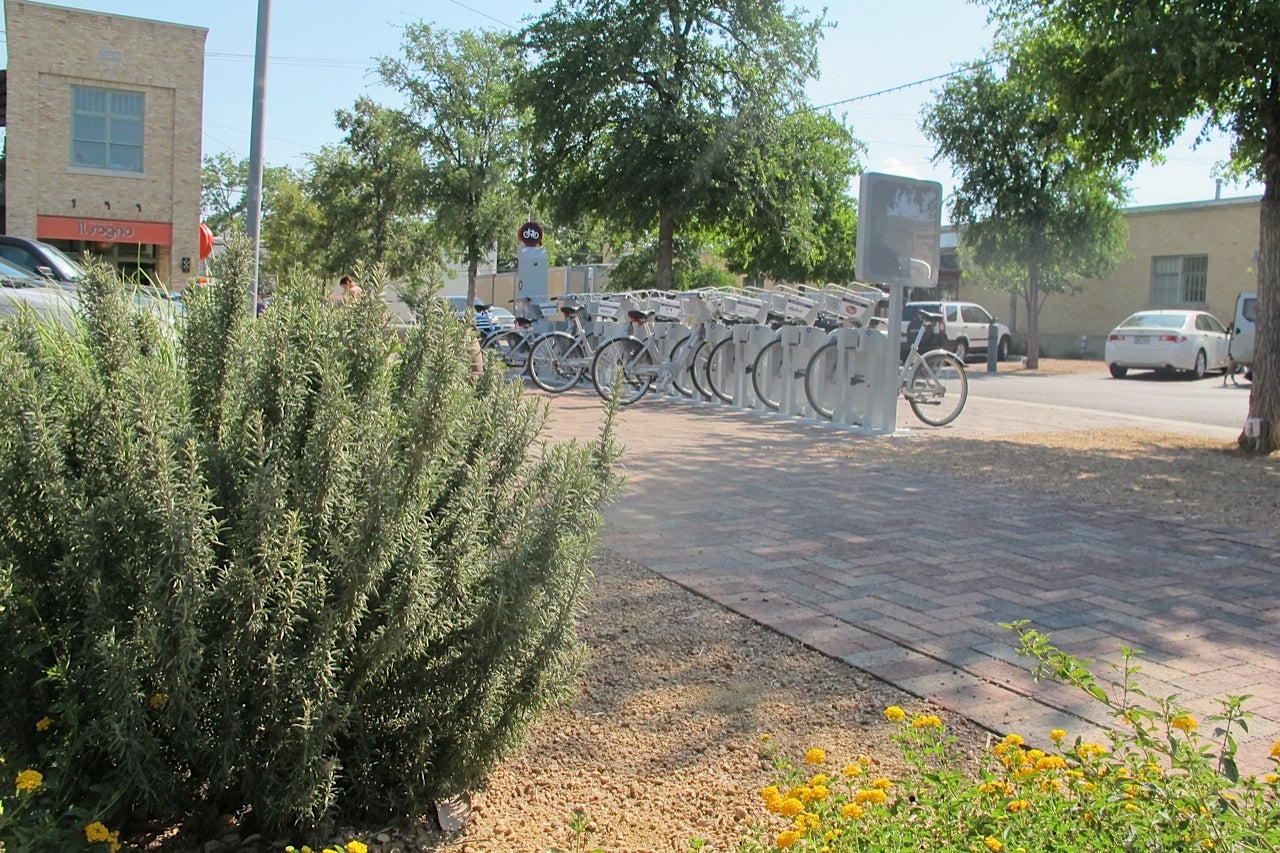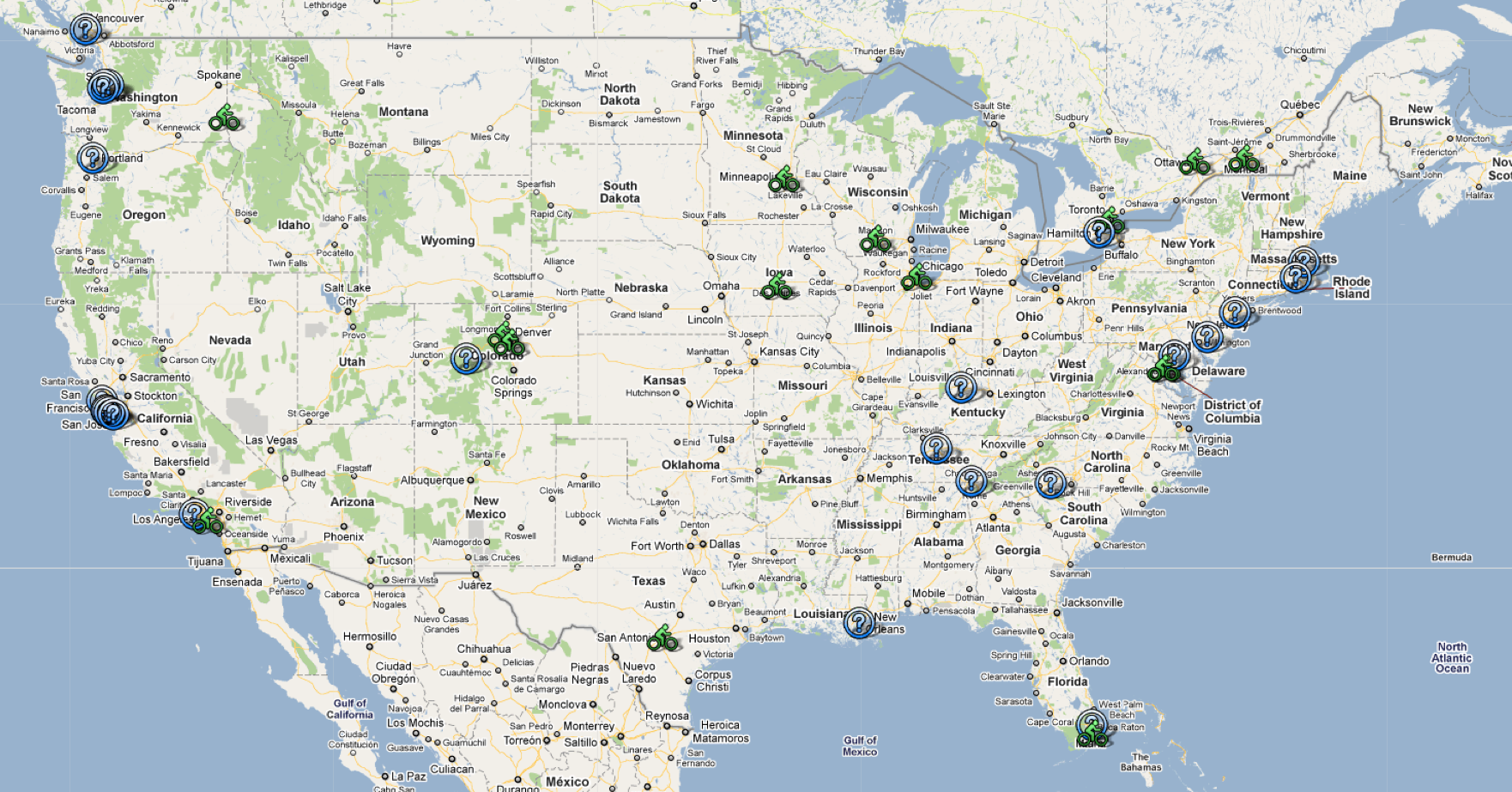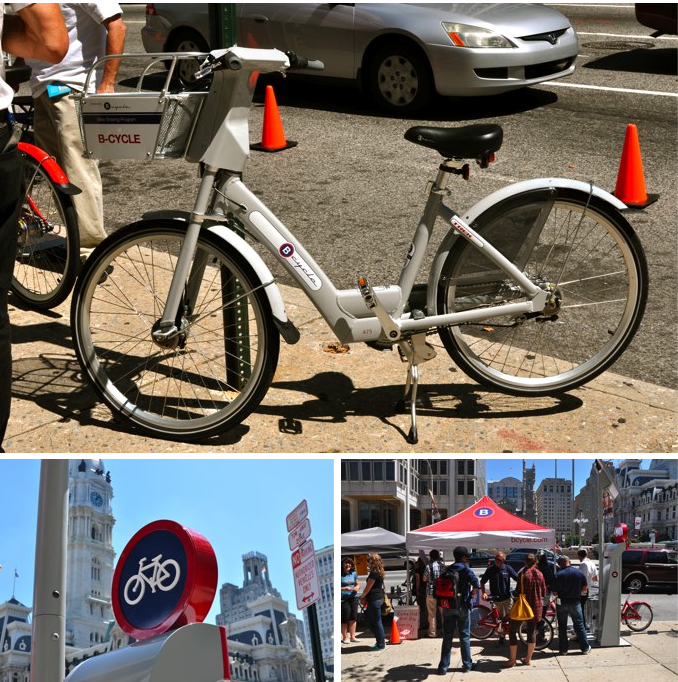Can Europe’s famous bike share programs work in the U.S.?
Last year, the Bicycle Coalition of Greater Philadelphia conducted a feasibility study for the Mayor’s Office of Transportation and Utilities to decide what value a bike share program would have in our city and whether that value would be enough to merit creating a system at some expense. The data concluded that there is in fact a tangible market for bike sharing here. But installing the recommended system would call for 2,500 to 4,500 bicycles, costing millions, and necessary infrastructure changes, including an upgraded bicycle right-of-way, better education and law enforcement for bicyclists and motorists, and the resolution of certain liability issues.
A general concern of bike share critics is that those programs, which are so successful in European cities, would never be used enough to make bike sharing useful here in the United States. But when the city of San Antonio, Texas, created a bike share program earlier this year, it created a service which is not only useful, but also very popular. PlanPhilly recently visited the Alamo City and checked out the cycling situation there.
There are 12 stations for the city’s shared 140 bicycles, paid for by a government grant, with a plan to expand to 500 bikes at 50 stations within the next two years. The idea is to accommodate the city’s size, which is over 400 square miles. The bikes serve mostly residents but visitors are welcome to use them. There are different rates for all kinds of users and variations on length of use. Passes can be purchased at stations or online: the set-up is a charge for every 30 minutes or 24 hour pass in addition to memberships, both weekly and annually, which are exclusively available online.
The bicycles themselves are well outfitted. Each bicycle has brakes, gears, a bell, a kickstand, a basket, and other user friendly features. Their adjustible seats can accomodate any heigh from 5′ 0″ to over 6′ 0.” The bikes are also constructed to accomodate various styles of dress for their riders, avoiding caught fabric, with a pedal style additionally accomodating a variety of shoes — from high heels to moccasins and everything in between.
While San Antonio is the first city in the state of Texas to initiate a bicycling program, it is by no means the only city which has done so in this country. The service behind San Antonio’s service, B-share, has 10 other locations throughout the country. Other cities, like New York, have begun research to see if a bike share program has a potential to work in their city. With rising gas prices and a greater concern for the environment, it appears that bike shares can be successful in the U.S.
The possibilities of a bike share program in Philadelphia are still being discussed by Mayor Nutter and City Council, but the project has yet to make any tangible progress. But in a city known for a high number of cyclist commuters — particularly as the number one big city for bike commuting in the U.S. — a bike share program is probably not too far off.
Contact the reporter at helen.kunda@gmail.com
WHYY is your source for fact-based, in-depth journalism and information. As a nonprofit organization, we rely on financial support from readers like you. Please give today.



